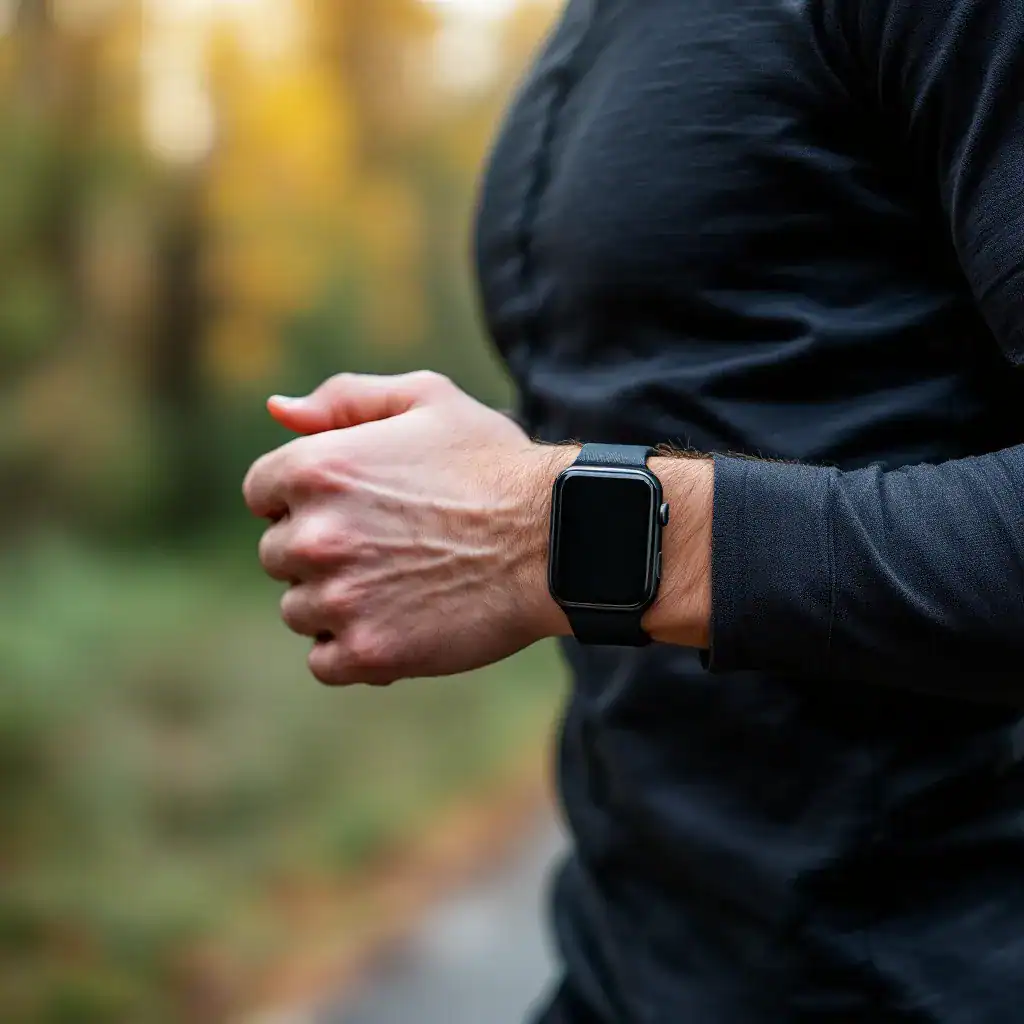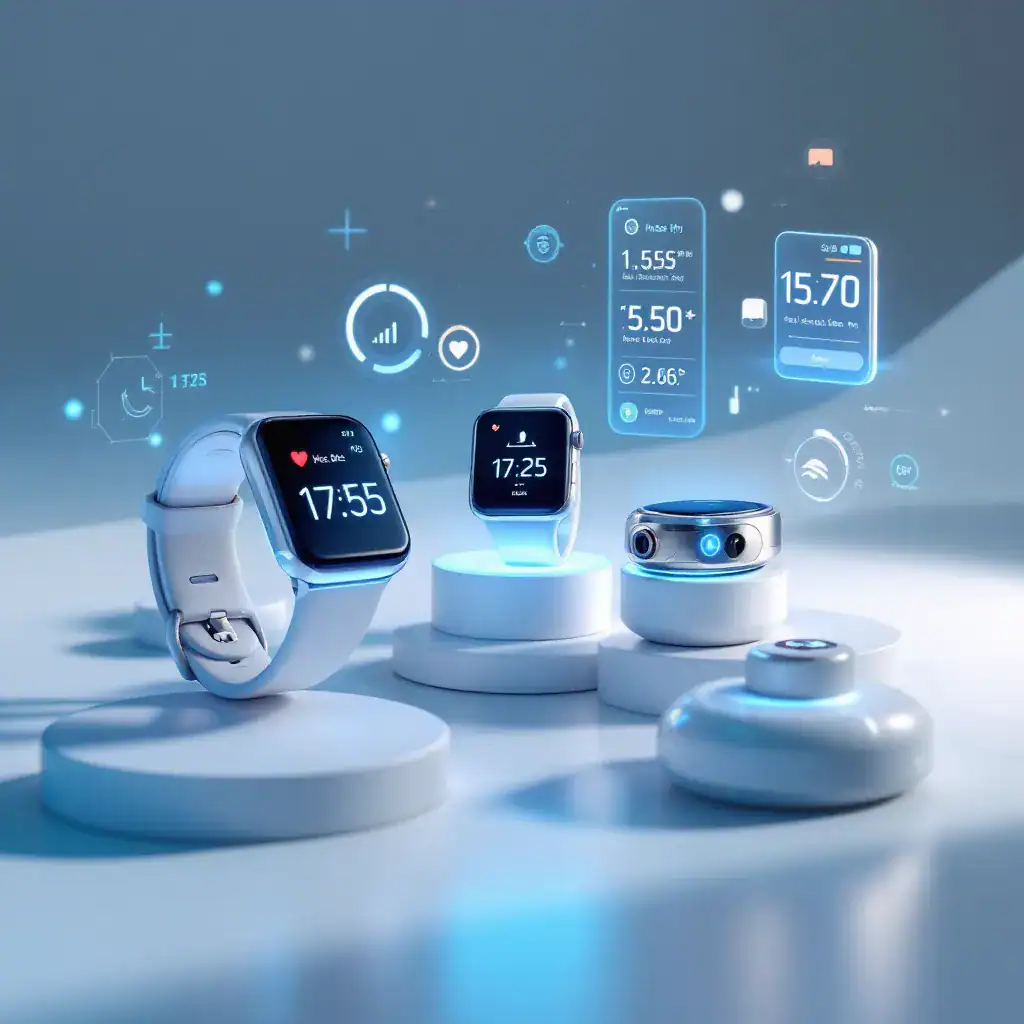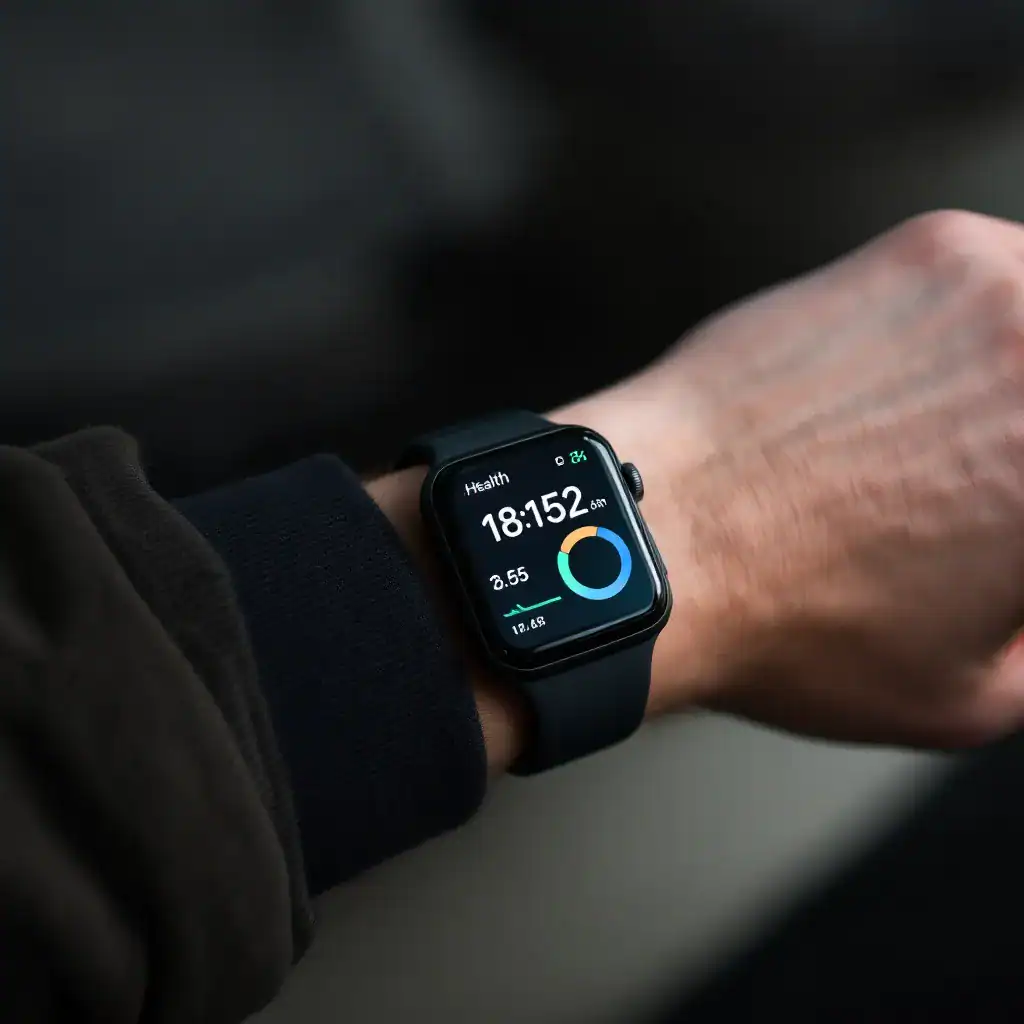The evolution of wearable technology has fundamentally transformed how we monitor and optimize our health and fitness. From advanced fitness tracking systems to comprehensive wellness monitoring, these devices have become indispensable tools for anyone serious about their wellbeing.
In this comprehensive guide, we’ll explore the latest innovations, benefits, and practical applications of wearable technology in 2024.
Key Takeaways
- Global wearable market projected to reach $54.8B by 2024
- Healthcare applications driving 440M unit shipment forecast
- AI and IoT integration enabling next-gen health monitoring
- Real-time biometric tracking revolutionizes preventative care
- Enhanced data security features protect user privacy
- Battery life improvements extend device functionality
Understanding Wearable Technology

Current Market Landscape
Wearable technology encompasses electronic devices designed to be worn on the body, capable of tracking, analyzing, and transmitting personal data. These smart devices combine advanced cardio monitoring with sophisticated sensors to provide:
- Real-time health metrics
- Continuous activity tracking
- Sleep pattern analysis
- Stress level monitoring
- Performance optimization
Discover mobility training benefits
Healthcare Applications
The integration of wearable technology in healthcare has created unprecedented opportunities for both patients and providers. Recent studies show that combining proper running technique with wearable monitoring can:
- Improve preventative care
- Enable early disease detection
- Enhance medication adherence
- Facilitate remote patient monitoring
- Support chronic disease management
Fitness and Athletic Performance
Modern wearables have revolutionized how athletes and fitness enthusiasts train. By incorporating advanced training techniques, these devices offer:
- Real-time performance metrics
- Personalized workout recommendations
- Recovery monitoring
- Goal setting and achievement tracking
- Social connectivity and competition
Advanced Features and Capabilities

Biometric Monitoring
- Heart Rate Variability (HRV)
- Blood Oxygen Saturation (SpO2)
- Electrocardiogram (ECG/EKG)
- Stress Levels
- Sleep Architecture
- Continuous Glucose Monitoring
AI Integration
- Machine Learning Algorithms
- Predictive Analytics
- Personalized Health Insights
- Pattern Recognition
- Adaptive Training Programs
Learn about the latest fitness trends
Security and Privacy Considerations
As wearable devices collect increasingly sensitive data, security and privacy have become paramount concerns:
- Data encryption standards
- User privacy controls
- Third-party access limitations
- Regulatory compliance
- Secure data storage
Future Trends

The wearable technology landscape continues to evolve with several exciting developments:
- Advanced AI Integration
- Enhanced Sensor Technology
- Improved Battery Life
- Expanded Healthcare Applications
- Seamless IoT Connectivity
Explore holistic wellness optimization
Choosing the Right Device
Consider these factors when selecting a wearable device:
- Intended use (fitness, health monitoring, daily activities)
- Battery life and charging requirements
- Features and functionality
- Device compatibility
- Price point
- User reviews and ratings
FAQ Section
Q: How accurate are wearable devices for health monitoring? A: Modern wearables offer 95%+ accuracy for basic metrics like heart rate and step counting, though accuracy varies by device and measurement type.
Q: What’s the typical battery life of a wearable device? A: Battery life ranges from 1-7 days for smartwatches and up to 2 weeks for basic fitness trackers, depending on features and usage.
Q: Are wearable devices water-resistant? A: Many modern wearables offer water resistance ratings suitable for swimming and showering, but specifications vary by model.
References
- Deloitte Global Healthcare Report 2024 URL: deloitte.com/healthcare-insights
- World Health Organization Digital Health Strategy URL: who.int/digital-health
- International Journal of Wearable Technology URL: ijwt.org/latest-research
- Healthcare Information and Management Systems Society URL: himss.org/wearable-technology
- IEEE Wearable Technology Standards URL: ieee.org/standards/wearables
- National Institutes of Health Digital Health Studies URL: nih.gov/digital-health
This article was fact-checked by our team of health and technology experts and last updated on November 28, 2024.
Explore more health and fitness content
As a veteran fitness technology innovator and the founder of GearUpToFit.com, Alex Papaioannou stands at the intersection of health science and artificial intelligence. With over a decade of specialized experience in digital wellness solutions, he’s transforming how people approach their fitness journey through data-driven methodologies.
